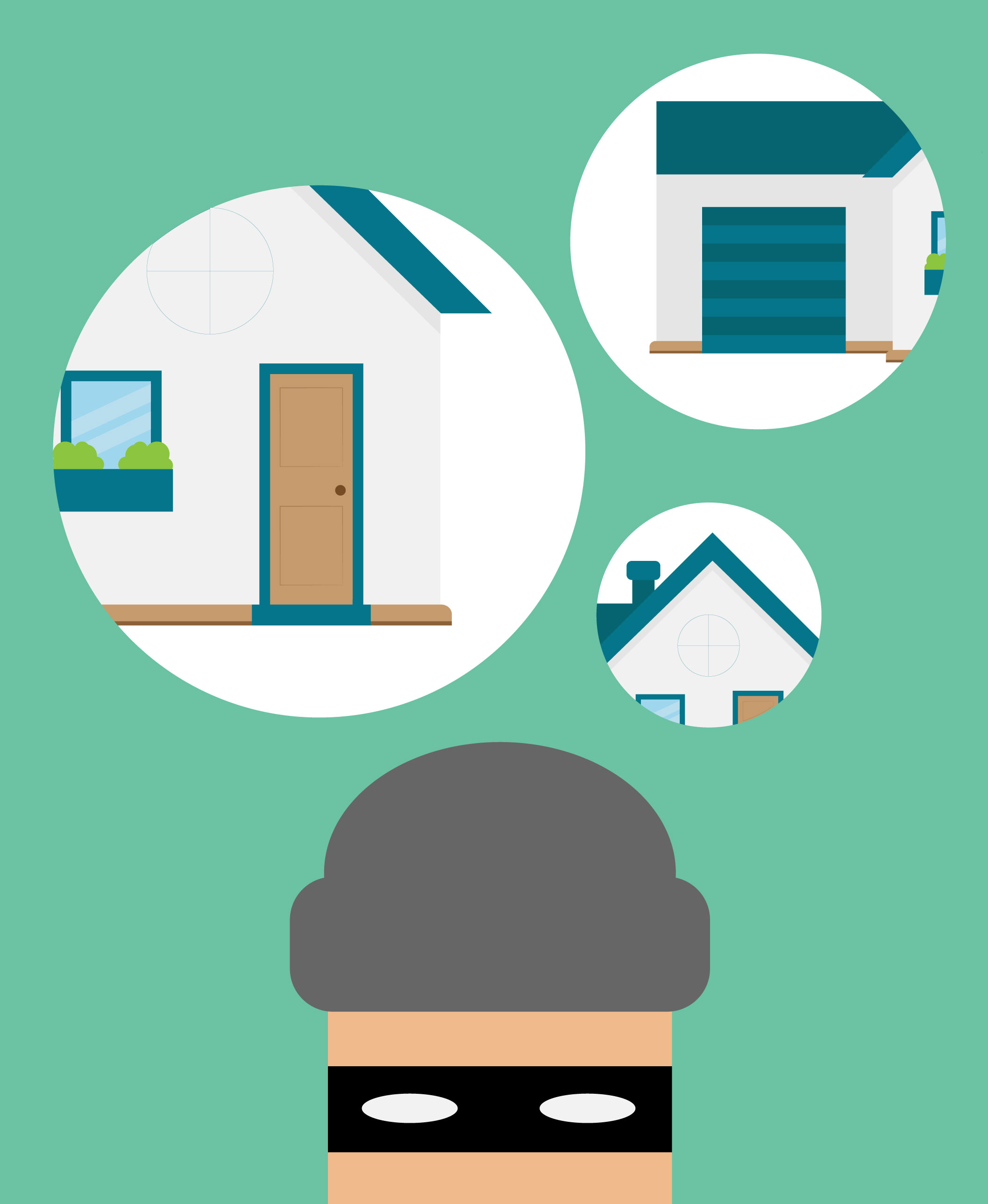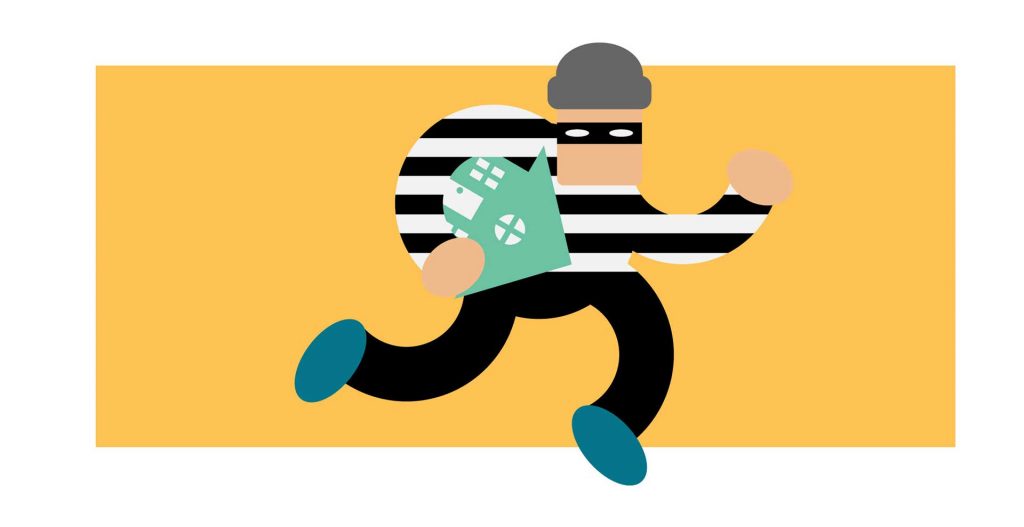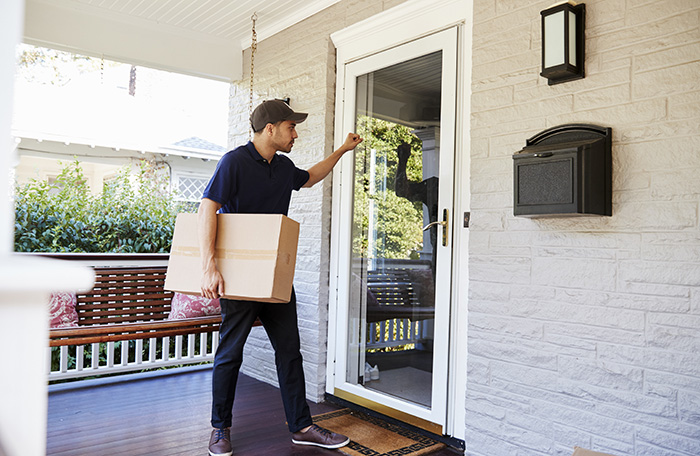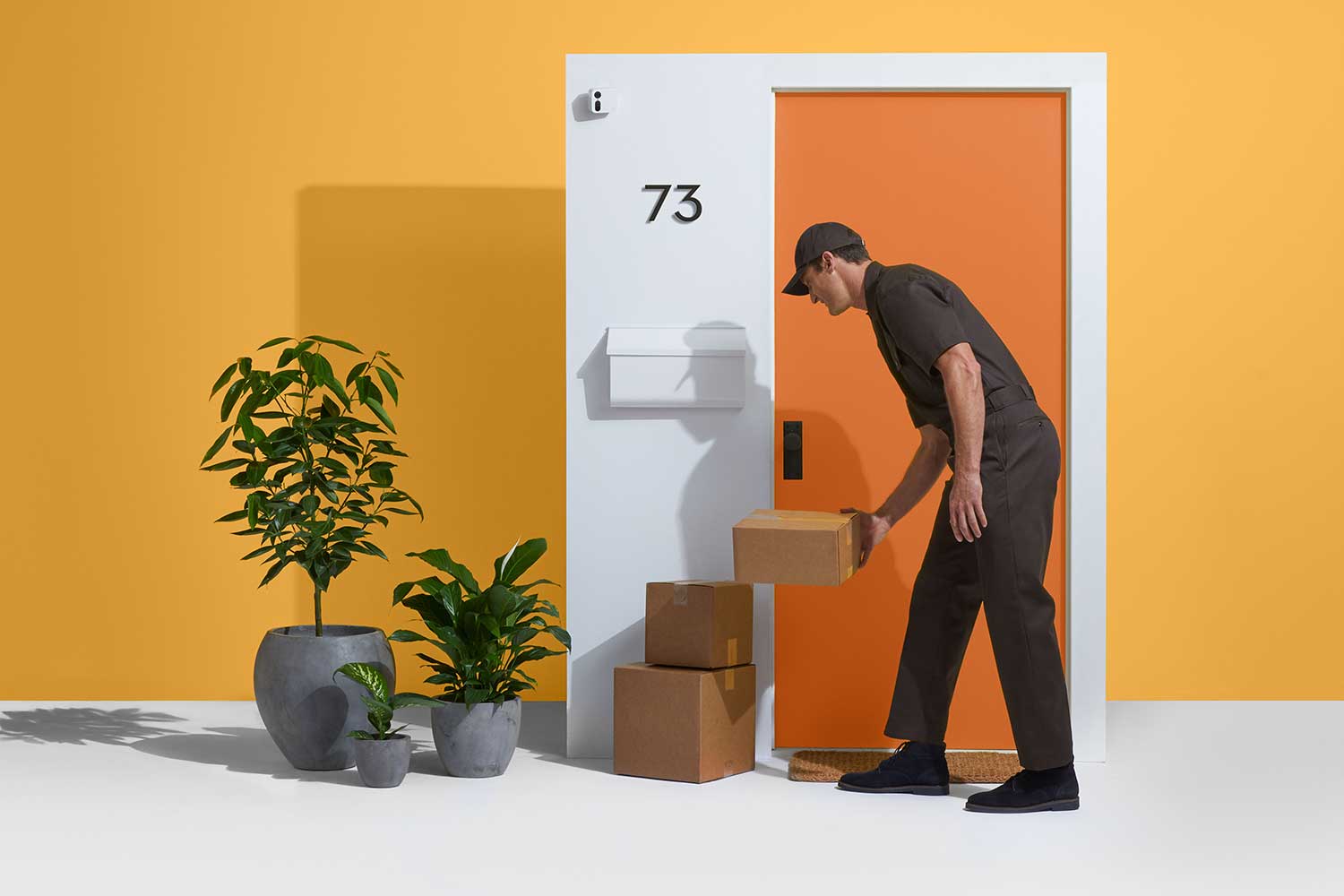8 Common Home Security Mistakes

It can be tempting to think you’re safe from burglaries, but with over 1.4 million burglaries happening in a year you’re still in a risk. Worse, you can increase the chances your home is robbed with some common mistakes.
We all want to protect our home, but sometimes learning what not to do can be as important as learning what you should do. Here, we’ll go through some of the common home security mistakes that increase your chance of burglary – and what you can do to avoid them.
8 Common Mistakes to Avoid
1. Don’t hide your spare key.
We get it: There’s always a chance you get locked out of your own home or need to someone to get into your home in an emergency, so hiding a spare key around your home can be valuable. The problem is that burglars know this is valuable.
Burglars often look under door mats and in fake rocks for spare keys to see if they can make it easier to break into your home. Instead of hiding an easily findable spare key, consider getting a smart lock that comes with app access or guest codes that you can give out. Or even a lock with keypad entry.

2. Take second floor security seriously.
Most burglars enter your home through the first floor, but that doesn’t mean that you should take second floor security less seriously. All it takes is an unlocked window or patio to give a burglar easy access to your rooms. Even if it’s less likely that a burglar makes it onto your second floor, take its security as seriously as you do for your first floor. It can go a long way to protecting your home.
3. Fortify your door frame.
If you have a strong door, it can be easy to write it off as a security plus, but that’s not quite true. You should check how your door is secured to your home. A sturdy frame with a strong latch is essential to maintaining the integrity of your door. Otherwise, a quick kick could shatter it.
Make sure your door is screwed in with longer screws, which anchor it deeply into the frame. Short screws make it easier for brute force to knock your door off the hinge. Luckily, it’s a quick and cheap fix to get the right screws for your hinge.
4. Secure your garage or shed.
Your garage or shed likely has a lot of tools in it, and while you may not consider them as valuable as jewelry or electronics, they can be valuable for a burglar. A smart burglar could snoop around and use the same tools you use to fix your home to break into it.
Things like ladders, screwdrivers and crowbars can be used to enter your second floor, pry open a door or break through a lock. To reduce the risk of your own tools being used against you, make sure you secure them.
5. Keep your home feeling alive.
Sometimes, reducing the risk of burglary can be as simple as taking care of your home. Trim your bushes so that they can’t hide people, make sure the lawn is mowed, get some bright outdoor lighting, and pause your mail when you’re on vacation.
All of these things make it feel like someone is living in your home. If you don’t do these things, it can make it feel like your home is abandoned or you’re on vacation. Burglars are often looking for home that are empty as they don’t have to worry about waking anyone up. You’ll reduce that risk if you make it feel like someone is home.
Read: New Homeowners Guide to Home Security

6. Don’t post your vacation plans online.
Social media can be a great place to post how excited you are for your upcoming vacay, but social media can also be used against you. Many burglars are now turning to Facebook, Twitter and Instagram to scope out a potential target before committing a crime.
If they see that you’ll be gone for a couple weeks, they know how much time they have to rob your home. So while it may be fun to tell everyone you’re going to Disney World in a couple of weeks, keep it to yourself and reduce your risk of a home break-in.
7. Don’t rely on fake security systems.
Fake home security cameras and signs are a good, affordable way of warning burglars that your home is protected, scaring them off. Fake home security systems or cameras also need to be backed up with an actual home security system or camera.
This way, you can identify folks that could be scoping out your home, or scare away burglars on the off chance a burglar figures out you’ve got a fake camera or security sign. Fake security systems and signs often work best when the real stuff is hidden away, so be sure to always back up your fake ones.
8. Arm your home security system.
If you’ve got a home security system, you know it can be a chore to arm and disarm it. It’s an essential part of protecting your home, but there’s always a chance the one time you forget to arm it is the time a burglar breaks into your home.
However, some smart home security platforms, like Ooma wireless security system, include features like Automatic Arm and Disarm, which uses your phone’s GPS to arm your home security system when you leave your home and disarm it when you come home.
You can also customize the system with Ooma’s Build Your Own System tool, so you can get as many motion and window sensors as you need to, say, protect your shed and second-floor windows.
Not only is Ooma Smart Security flexible and feature-packed, it’s easy to install yourself and can scale to a number of home sizes – from a small apartment to a multi-bedroom mansion. That makes it a great option to help you avoid common home security mistakes.



